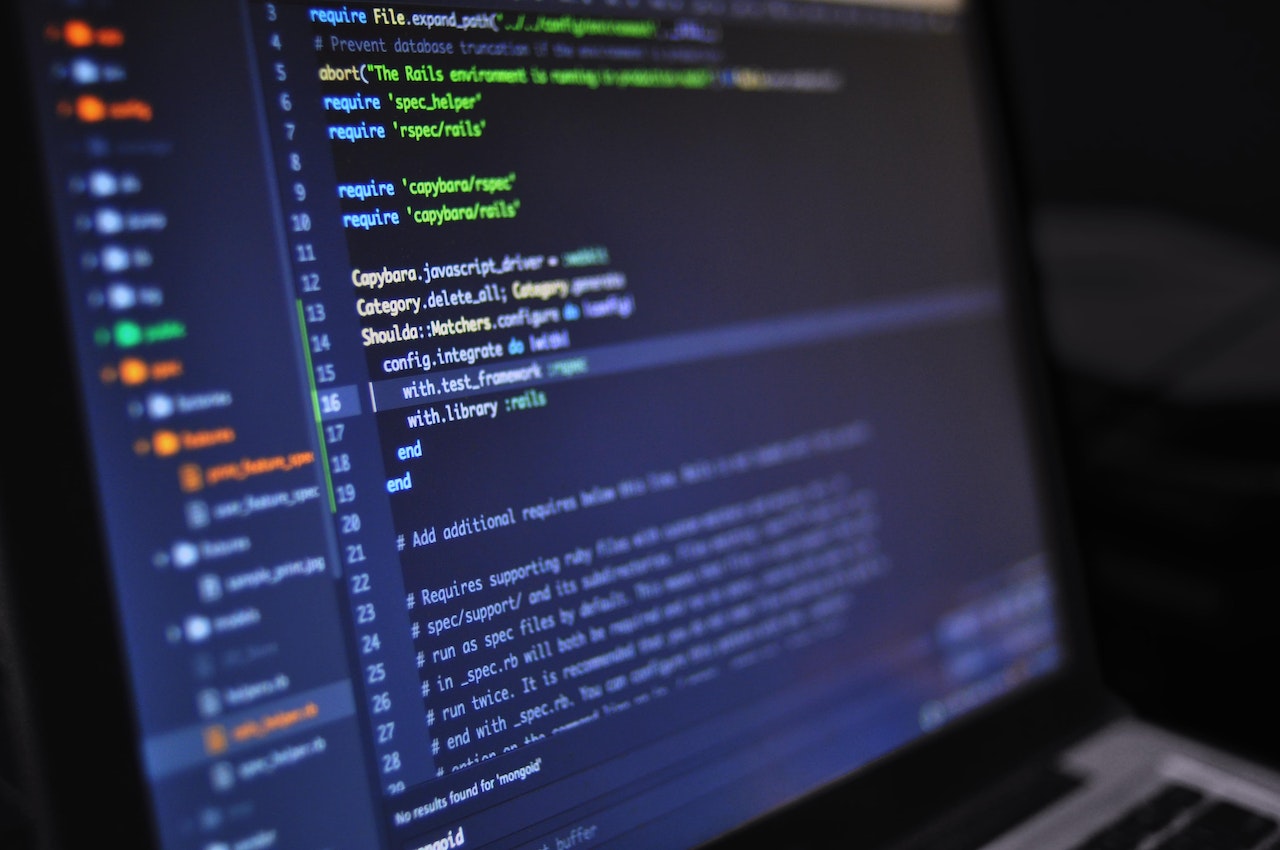
Data Science and Software Engineering fields have been perceived as two separate entities for a long time. With the rise of Big Data and Machine Learning, the lines between them have started to blur. As a result, an intersection of the two – the convergence of Data Science and Software Engineering – has emerged. Much like DevOps and security have merged to evolve into DevSecOps, like in this JFrog guide, data science, and software engineering are the next step.
The Benefits of Blurring the Boundaries
Data science and software engineering have traditionally been separate fields with their own distinct techniques, tools, and expertise. But as data science becomes increasingly crucial for business and product development, software engineers are becoming more involved in data analysis and machine learning. By bringing these two disciplines together, we can create more powerful tools and applications that can collect, process, and analyze data in real-time. We can also create products that can learn and adapt to new data over time, making them more useful and valuable to users. For example, imagine a mobile app that uses machine learning to personalize content and recommendations based on user behavior. By integrating data science and software engineering, we could create a product that delivers a better user experience and learns and adapts to changing user needs and preferences.Today, integrating AI and ML functions by calling the ChatGPT API is a breeze for any software developer. APIs like this bridge the gap between data science and software engineering, allowing developers to quickly add intelligent features to their applications with minimal effort and cost. This makes it easier for developers to create powerful, AI-enabled applications that can help businesses reach more customers and drive more revenue.
Different Approaches to Achieving Integration
Depending on your organizational structure and goals, there are several different approaches to integrating data science and software engineering. Some organizations may choose to create a separate data science team within their software development organization. In contrast, others may choose to hire software developers who are proficient in data science techniques.Another approach is to create cross-functional teams, including data scientists and software developers. This approach allows team members to collaborate from the beginning of the product development process, which can lead to more innovative and valuable products.
Tools for Success
Integrating data science and software engineering requires many tools and technologies. Data scientists need tools to process and analyze large datasets, such as Python, R, and SQL. Software engineers need tools for software development, such as Git, JIRA, and Jenkins.To successfully integrate these two disciplines, organizations also need tools for collaboration and communication, such as Slack, Microsoft Teams, and Zoom. Cloud platforms such as AWS, Google Cloud, and Microsoft Azure can provide scalable infrastructure for both data science and software engineering workloads. Of course, you can still use pre-developed models like the open-source API from OpenAI for Natural Language Processing tasks. It can be integrated into software engineering projects quickly and easily, allowing developers to add powerful AI features with minimal effort.
To successfully merge data science and software engineering, specific tools are needed. Here are a few:
1. Version Control Systems: While multiple version control systems are available, Git is now the most popular one.
2. Integrated Development Environments (IDE): These software toolkits offer comprehensive environments with multiple plug-ins.
3. Machine Learning Frameworks: There are plenty of frameworks available, including TensorFlow, Keras, PyTorch, and Scikit-Learn.
Skills Required for Working With Both Fields
A person who can work with both data science and software engineering needs several skills. Here’s what a developer should have:
1. Understanding of databases and data analysis tools, such as SQL, Pandas, and Numpy.
2. Programming knowledge of both Python and Java.
3. Machine learning skills include regression analysis, clustering, and classification algorithms.
Software engineering concepts, including design patterns, testing, and deployment.
Understanding of DevOps practices and tools, such as Docker, Kubernetes, Jenkins, and Ansible.
Of course, you’re not going to have all these skills right out of college or out of 1-2 years of experience, but you should have a good understanding of the basics.
Why Data Scientists Should Know About Software Engineering and Vice-Versa
Data scientists and software engineers who are familiar with both disciplines can create powerful applications and products that leverage data to drive business goals, such as increased sales or customer satisfaction. Moreover, by understanding both fields, they can create better models faster through an iterative process of experimentation. For example, data scientists can use software engineering tools like continuous integration and deployment to quickly test models in a production environment and gather user feedback. On the other hand, software engineers can benefit from data science techniques such as natural language processing (NLP) to create more effective user interfaces and improve customer experience. They can also use machine learning algorithms to automate repetitive tasks or gain valuable insights from user data.